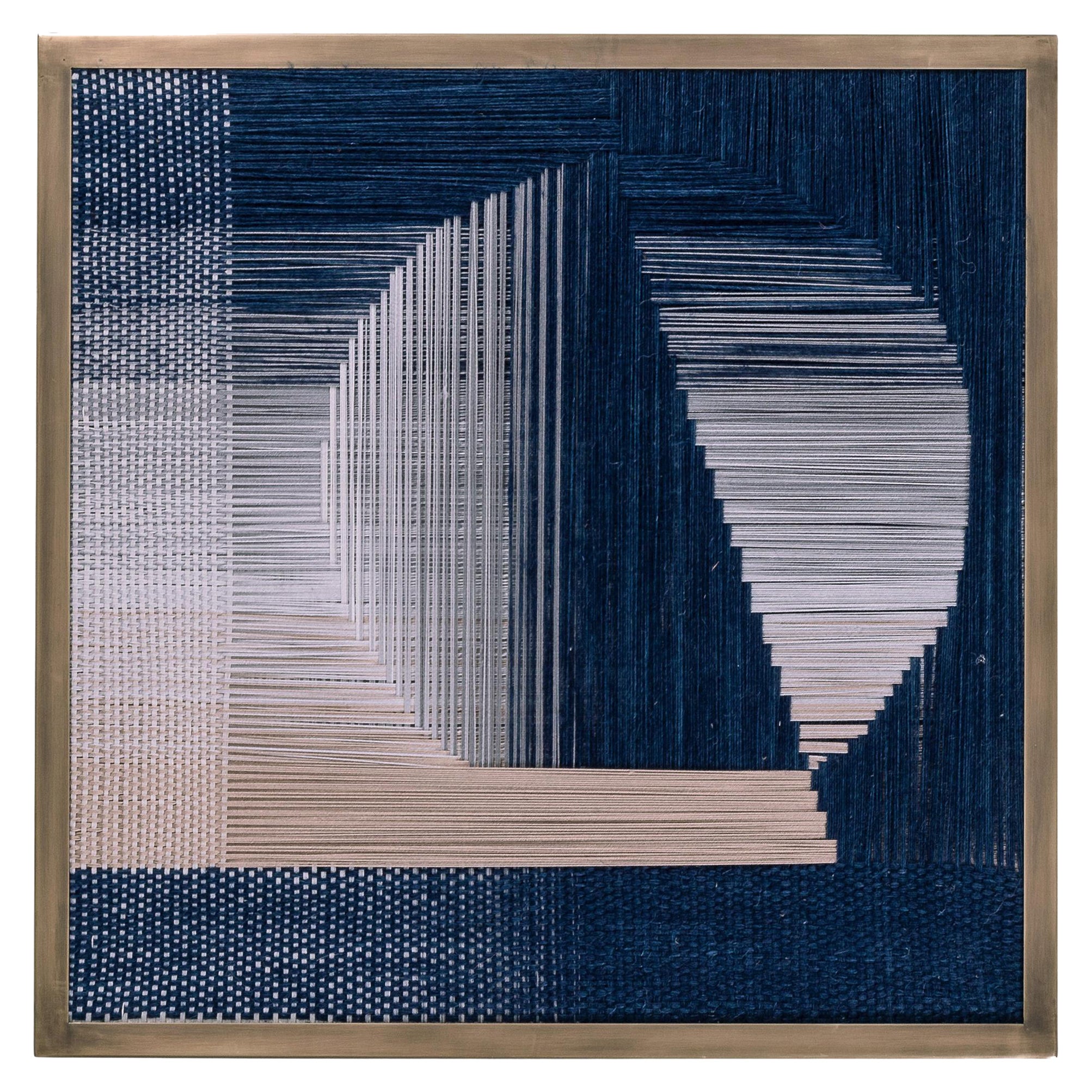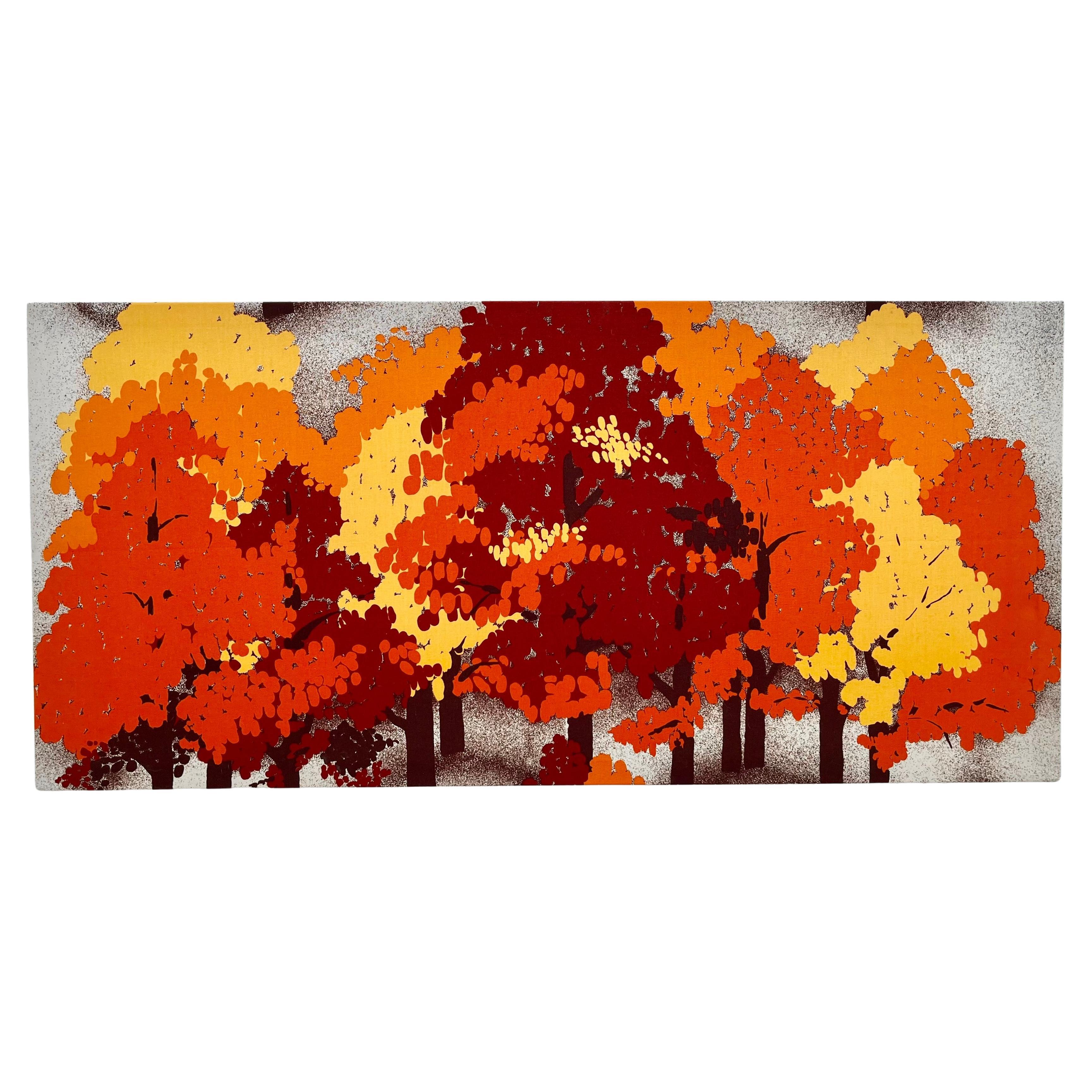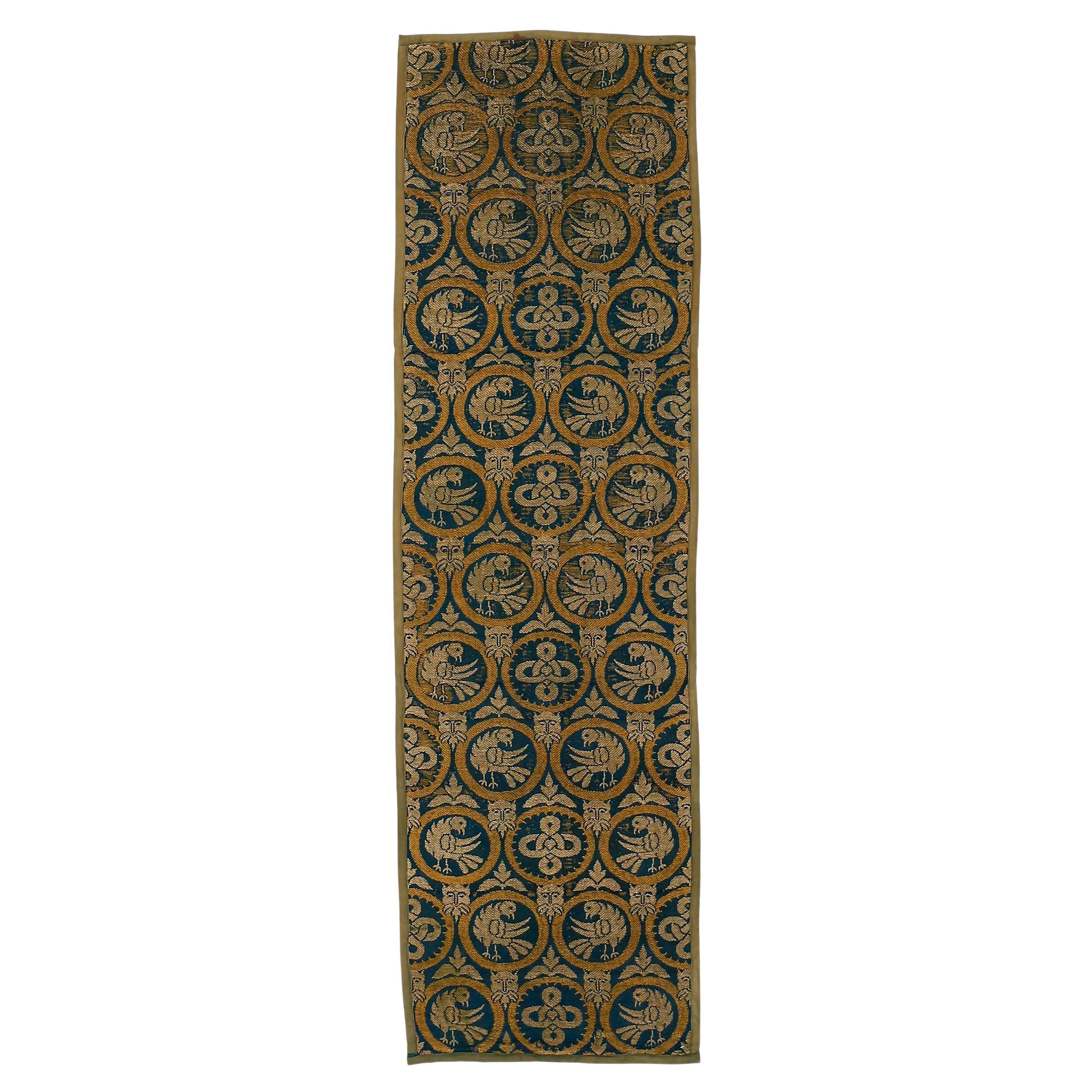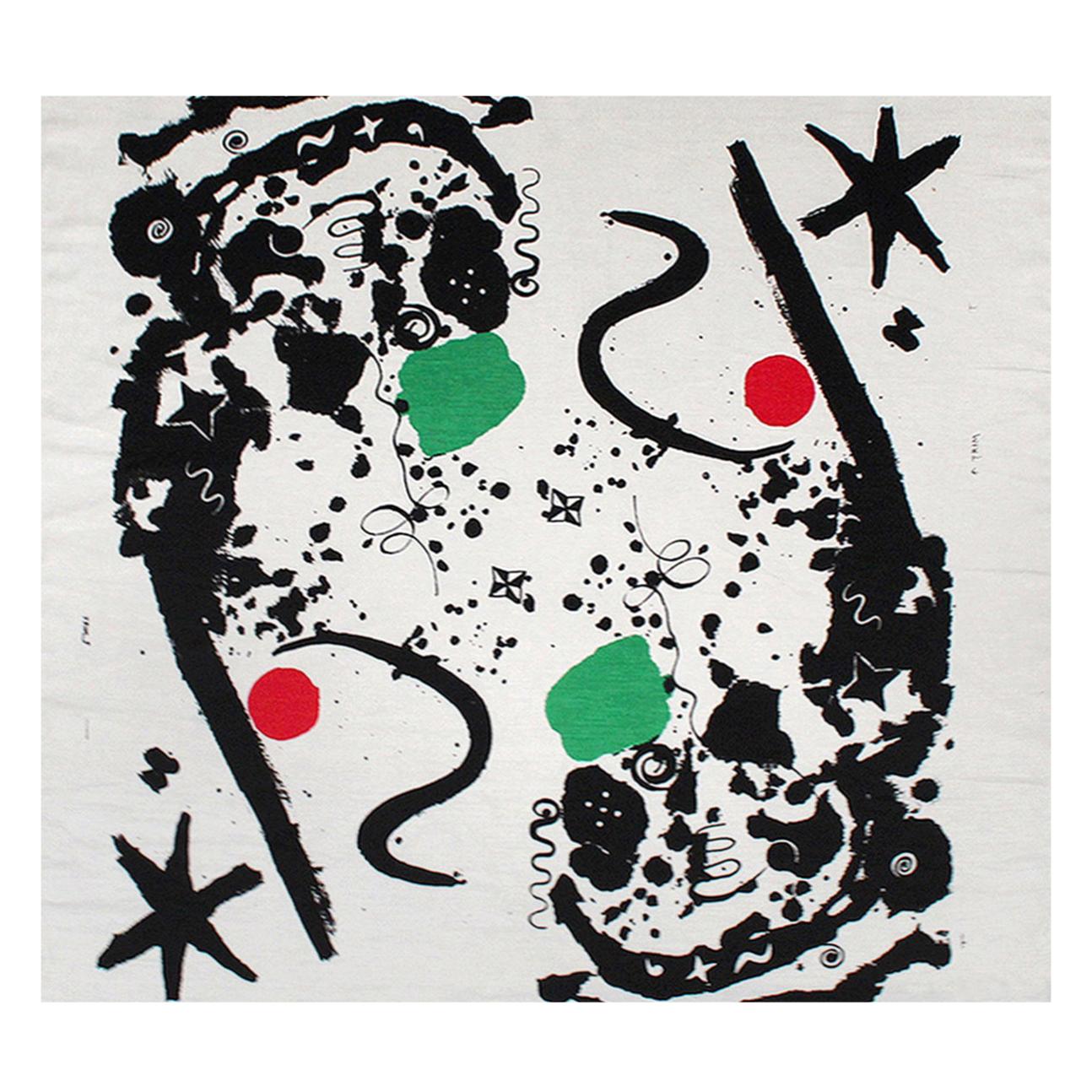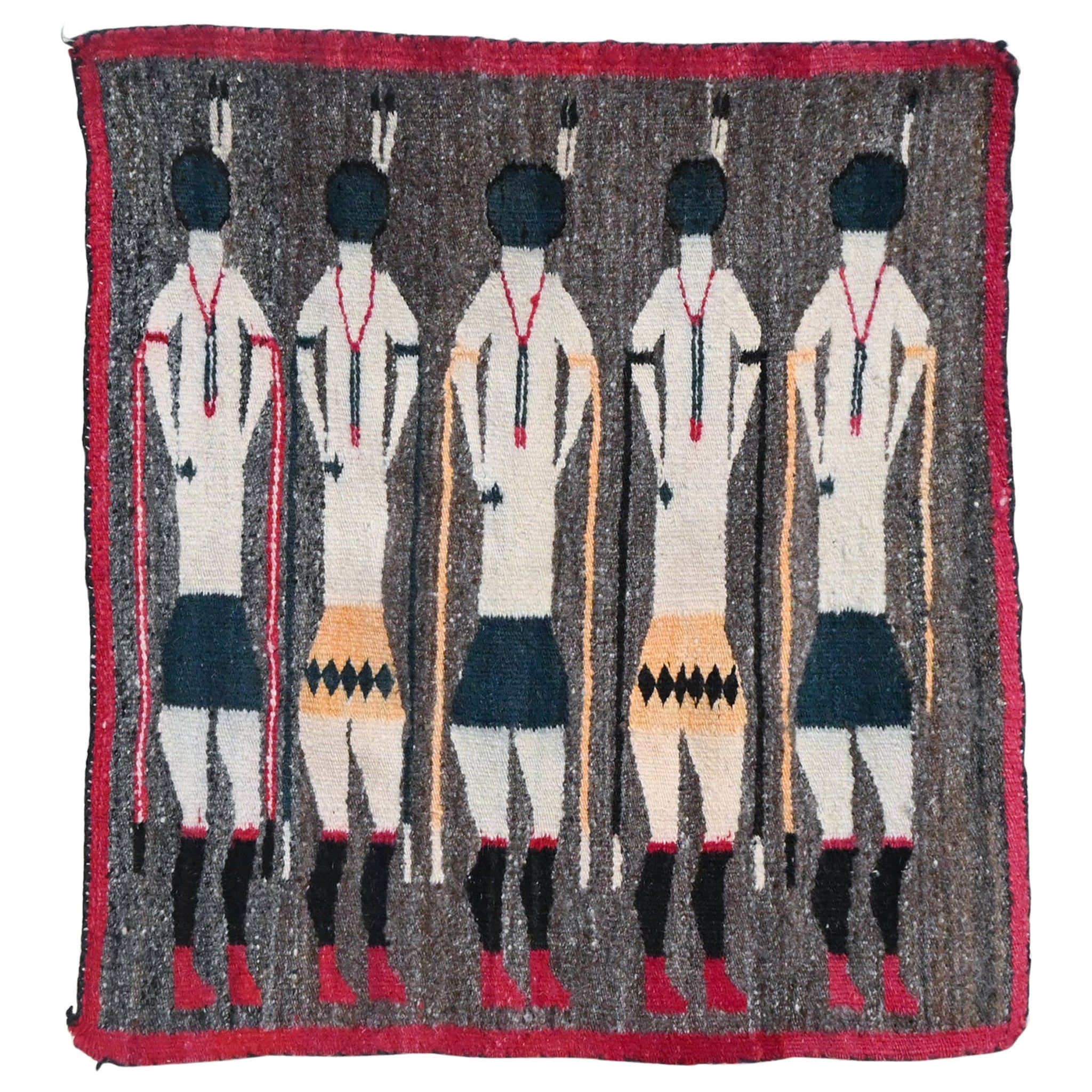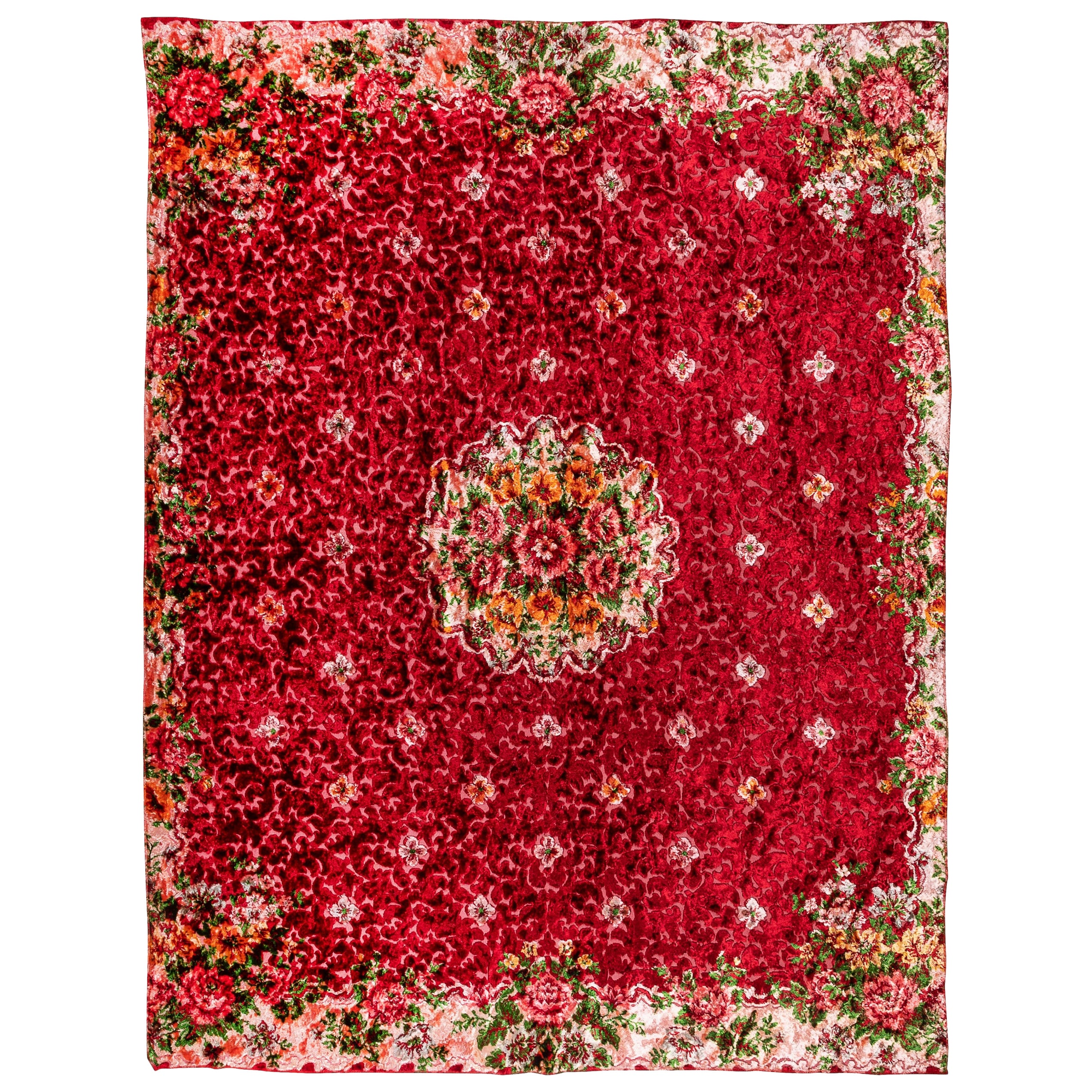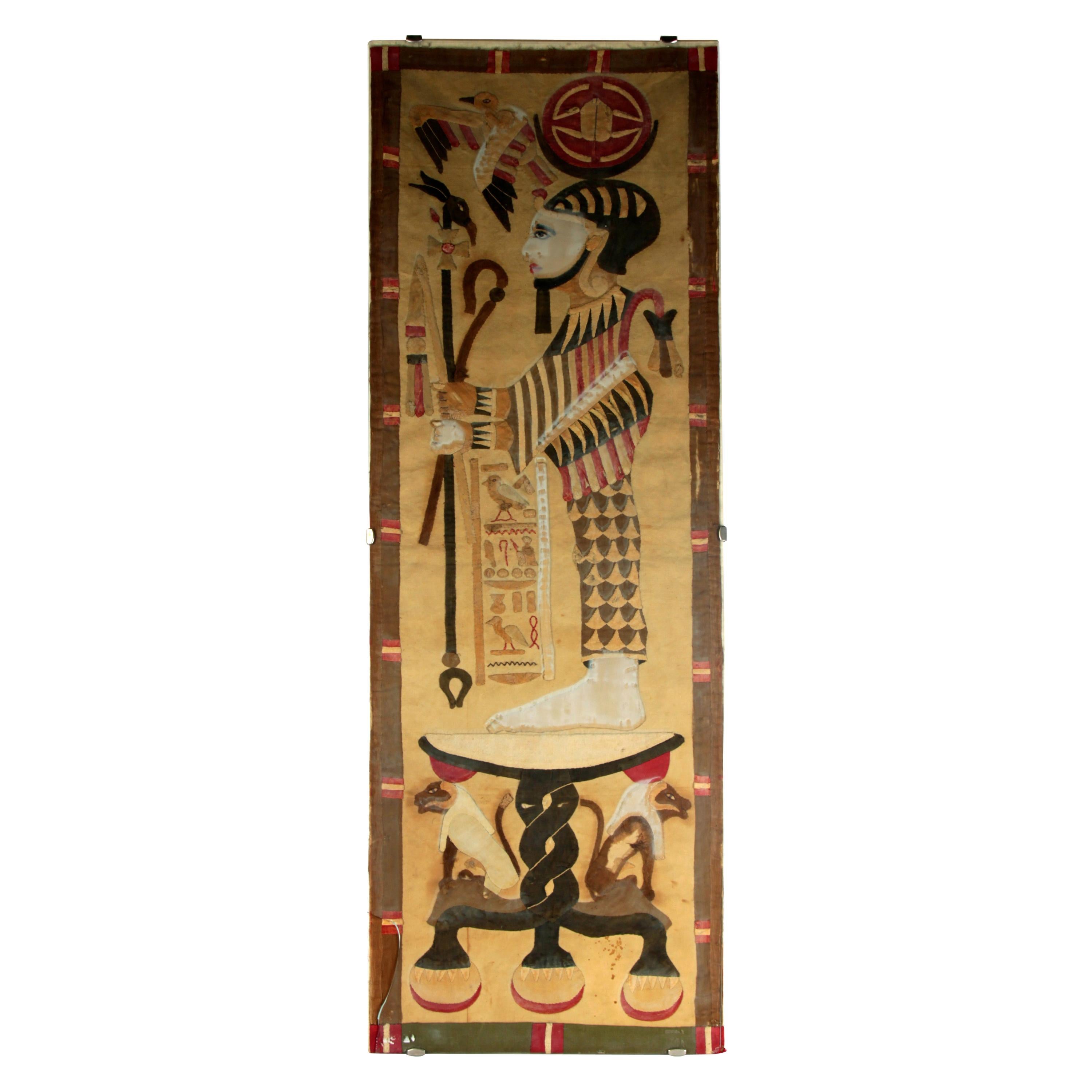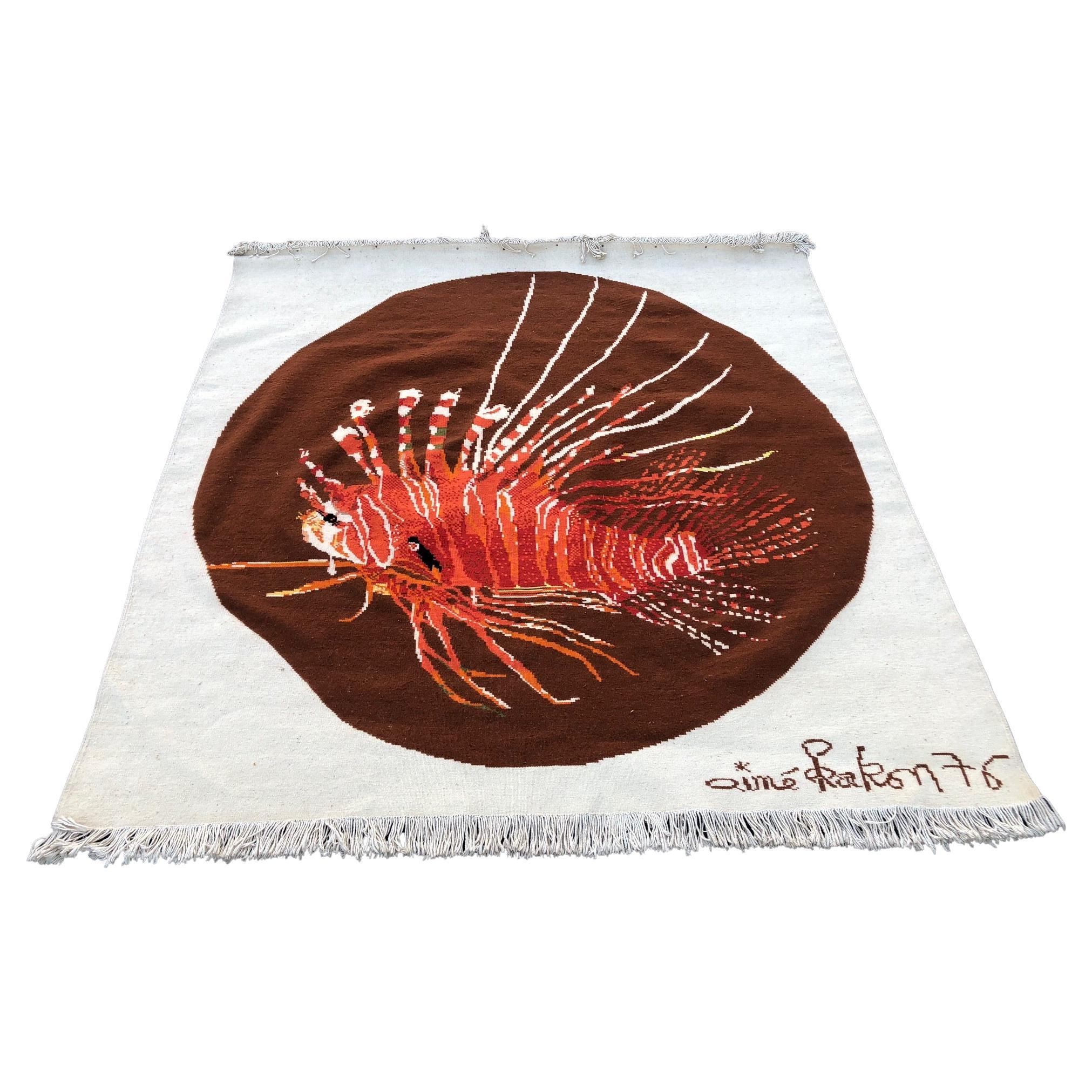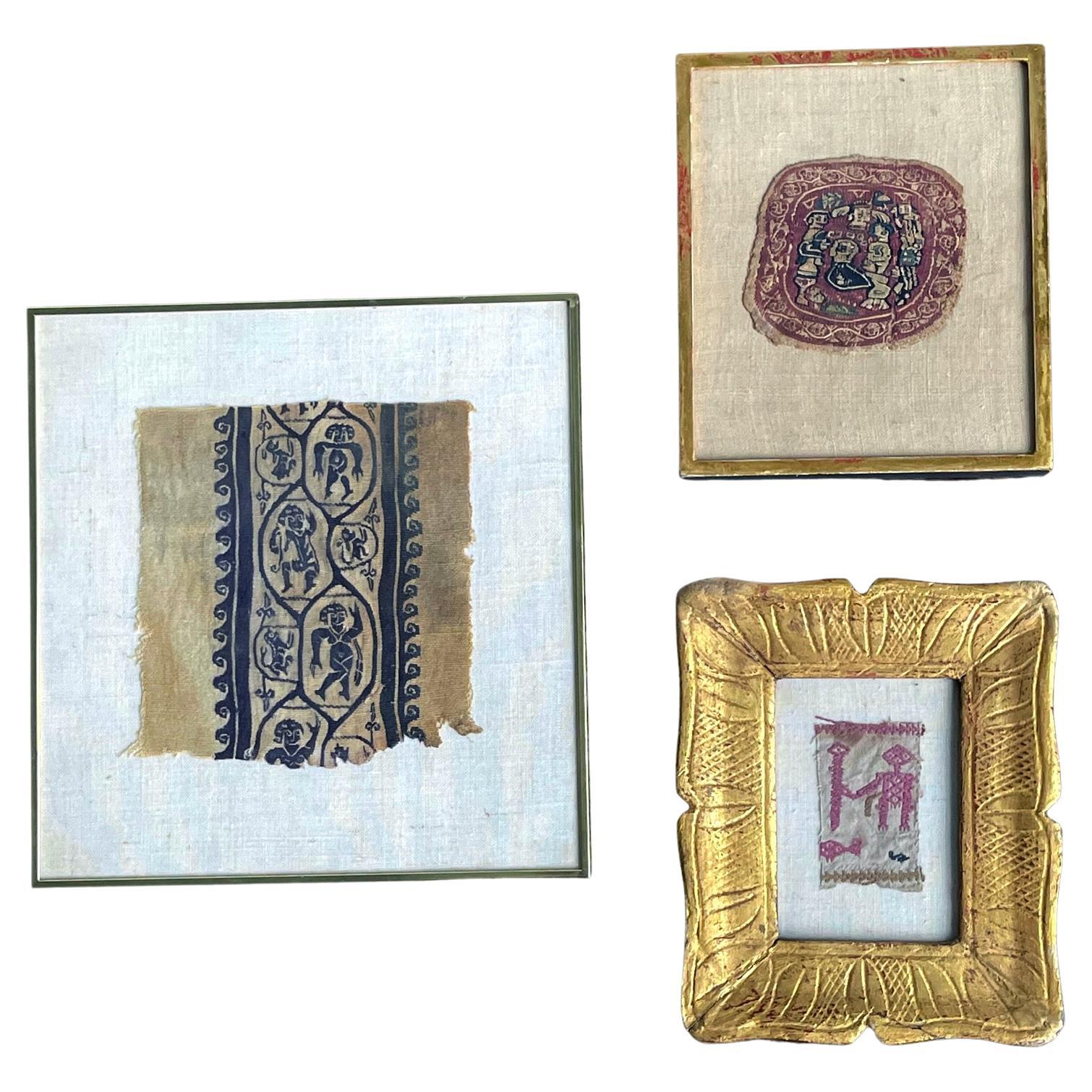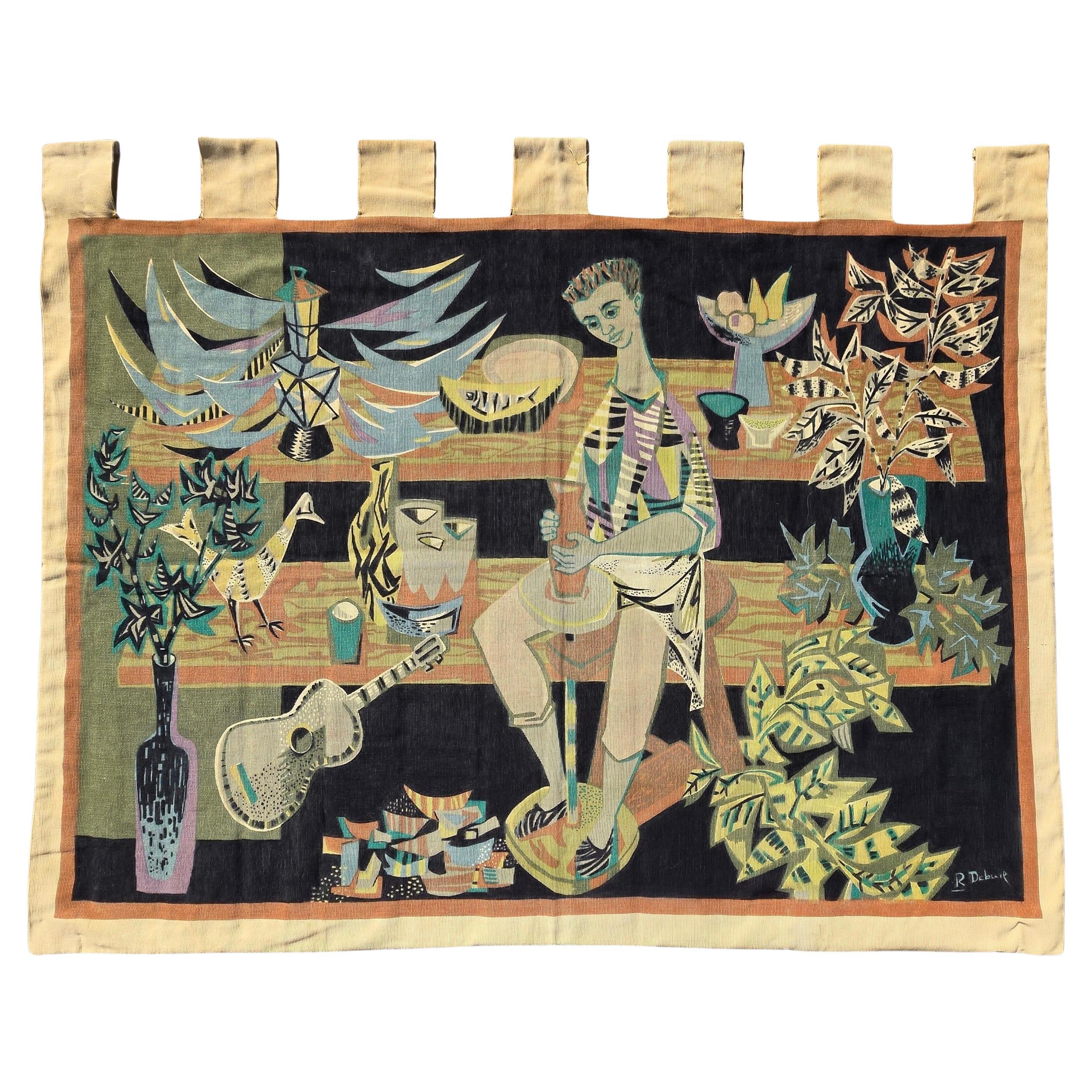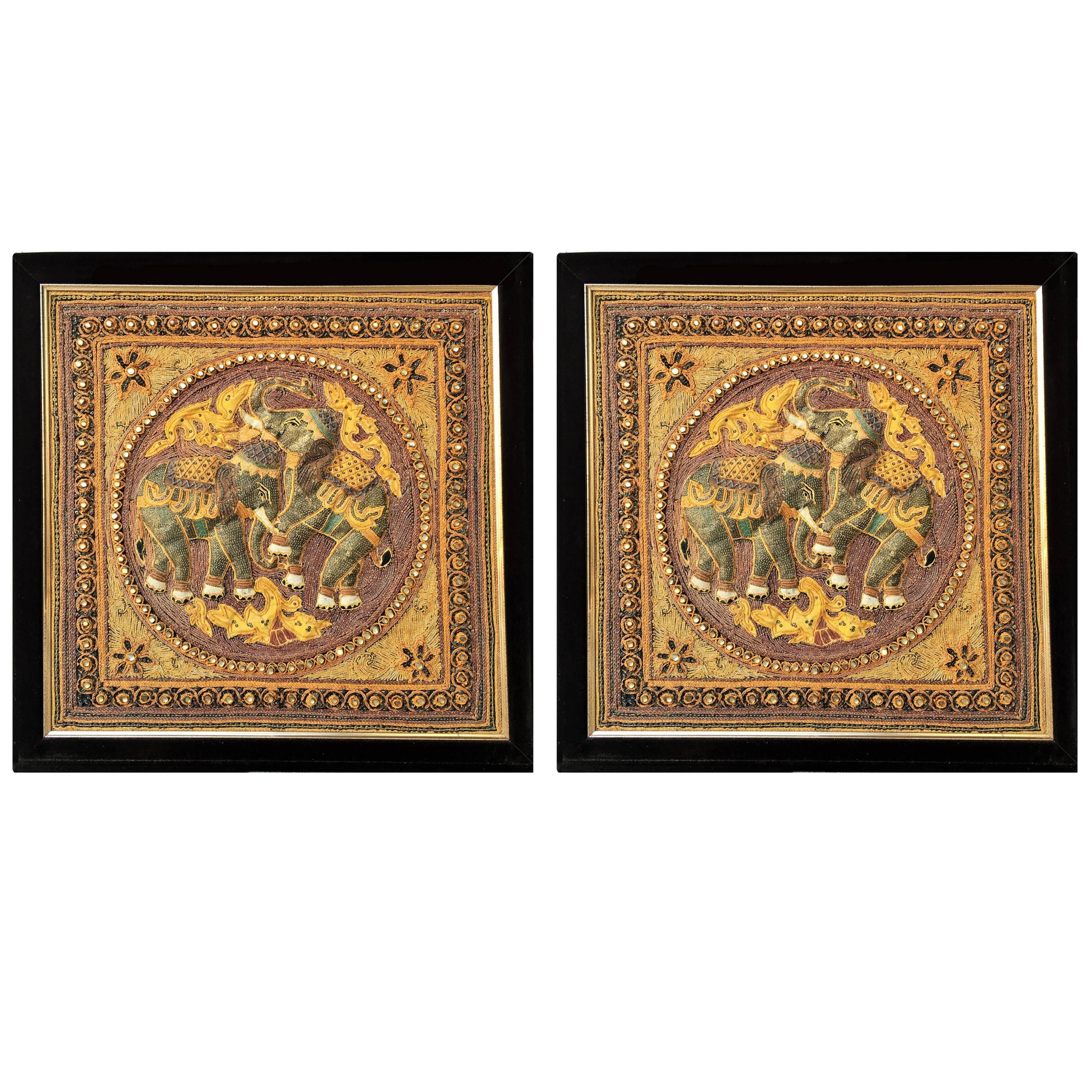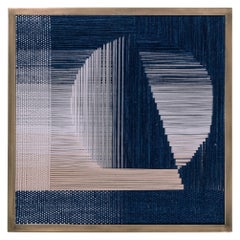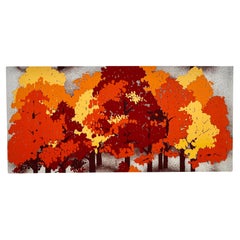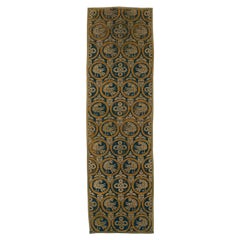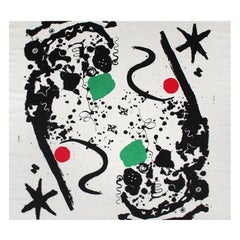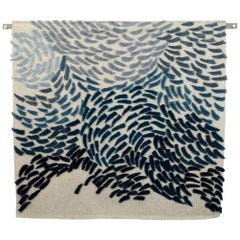
Murmuration - wall hanging by British textile artist and designer Anna Gravelle
View Similar Items
1 of 15
Murmuration - wall hanging by British textile artist and designer Anna Gravelle
About the Item
- Creator:Anna Gravelle (Maker)
- Dimensions:Height: 57.09 in (145 cm)Width: 61.82 in (157 cm)Depth: 0.79 in (2 cm)
- Materials and Techniques:
- Place of Origin:
- Period:
- Date of Manufacture:Contemporary
- Production Type:New & Custom(Current Production)
- Estimated Production Time:Available Now
- Condition:On arrival and unrolling the piece the tuft need to be gently combed to stand back up. This is a simple and quick process.
- Seller Location:Blandford Forum, GB
- Reference Number:1stDibs: LU927110560813
Authenticity Guarantee
In the unlikely event there’s an issue with an item’s authenticity, contact us within 1 year for a full refund. DetailsMoney-Back Guarantee
If your item is not as described, is damaged in transit, or does not arrive, contact us within 7 days for a full refund. Details24-Hour Cancellation
You have a 24-hour grace period in which to reconsider your purchase, with no questions asked.Vetted Professional Sellers
Our world-class sellers must adhere to strict standards for service and quality, maintaining the integrity of our listings.Price-Match Guarantee
If you find that a seller listed the same item for a lower price elsewhere, we’ll match it.Trusted Global Delivery
Our best-in-class carrier network provides specialized shipping options worldwide, including custom delivery.You May Also Like
Textile Wall Hanging Handwoven Framed Wall Art Blue
By Begüm Cana Özgür
Located in Istanbul, TR
SIN, is a handwoven textile wall piece, named after the ancient Mesopotamian Goddess of the Moon. It is handwoven in Turkey, by the women weavers of Anatolia.
The 50% of the income ...
Category
2010s Turkish Modern Decorative Art
Materials
Metal
$520 Sale Price / item
20% Off
1970s Large Textile Wall Art
Located in Miami, FL
Large vintage Textile wall Art. Circa 1970s
Features a stretched canvas with a forest inspired design printed in vibrant earth tone colors.
...
Category
Vintage 1970s American Mid-Century Modern Decorative Art
Materials
Textile, Wood
Rare and Early Neo Gothic British Arts & Crafts Textile Wall Hanging
Located in Milan, IT
An extremely rare embroidered hanging distinguished by a repeat pattern of roundels containing confronting birds alternated to an endless knot moti...
Category
Antique Mid-19th Century British Arts and Crafts Tapestries
Materials
Wool
"Splotchy" Textile by Alexander Calder for Laverne Originals
By Laverne International, Alexander Calder
Located in Pawtucket, RI
"Splotchy" textile by Alexander Calder for Laverne Originals. Hand printed on linen. 26 ft. available
The innovative husband-and-wife team Erwin and Estelle Laverne, specialized...
Category
Mid-20th Century American Mid-Century Modern Tapestries
Materials
Fabric
Unique Peacock Pattern Vintage Velvet Wall Hanging 4.3x6.8 Ft Colorful Bedspread
Located in Spring Valley, NY
A vintage velvet wall hanging or bed cover from Uzbekistan, circa 1980. This wall hanging is in good condition, sturdy and clean as a brand...
Category
Late 20th Century Uzbek Bohemian Tapestries
Materials
Cotton, Velvet
$382 Sale Price
50% Off
Yei Navajo Figural Double-Sided Flat Weave Wall Hanging, 1930 Round Heads
Located in Basingstoke, Hampshire
A Yei Navajo Figural double-sided flat woven wall hanging - circa 1930. Displaying five standing figures on an deep speckled grey ground, framed by a red border.
The Yei iconography is related to Navajo religious sandpaintings. Navajo religion has a reverence for nature and is based on maintaining a balance in the universe. It was believed that there was a sense of harmony needed to maintain a healthy life. Should an individual do something to upset this balance, then it was believed that an illness might befall them. Much like in the modern-day, a medicine man was hired to help regain this harmony. The remedy involved a combination of chanting, herbal medicines and a sandpainting ritual. Various coloured sands were sprinkled on the ground until they formed a specific Yei (holy person), based on the god he was trying to summon. When the sandpainting was completed, it was sanctified by spreading corn pollen over it.
Once the sacred sandpainting had served its purpose, it was erased. To save it or reproduce its imagery was dangerous and could bring serious grief to anyone who retained the image.
During the 1890s, the Navajos phased out blanket weaving in favour of rugs. There was strong demand from the vast migration of settlers, building homes by the thousands, who needed something to cover their floors. The first Navajo rug depicting holy people...
Category
Early 20th Century American Tapestries
Materials
Fabric
Recently Viewed
View AllMore Ways To Browse
Vintage Stocking
Xiii Siecle
1960 Wall Tile
Vintage Botanical Wall Art
Wood Panel Wall Hanging
Antique Chinese Wall Hanging
Wreath Wall Art
Vintage Textile Framed Wall Art
Vintage Keep Out Signs
1950s Wall Plaque
Vintage Copper Plaque
Antique Christmas Decorations
2 Bird Cages
Agate Wall Art
Antique White Wall Tiles
1970s Macrame
Venice Souvenir
Vintage Christmas Stockings
